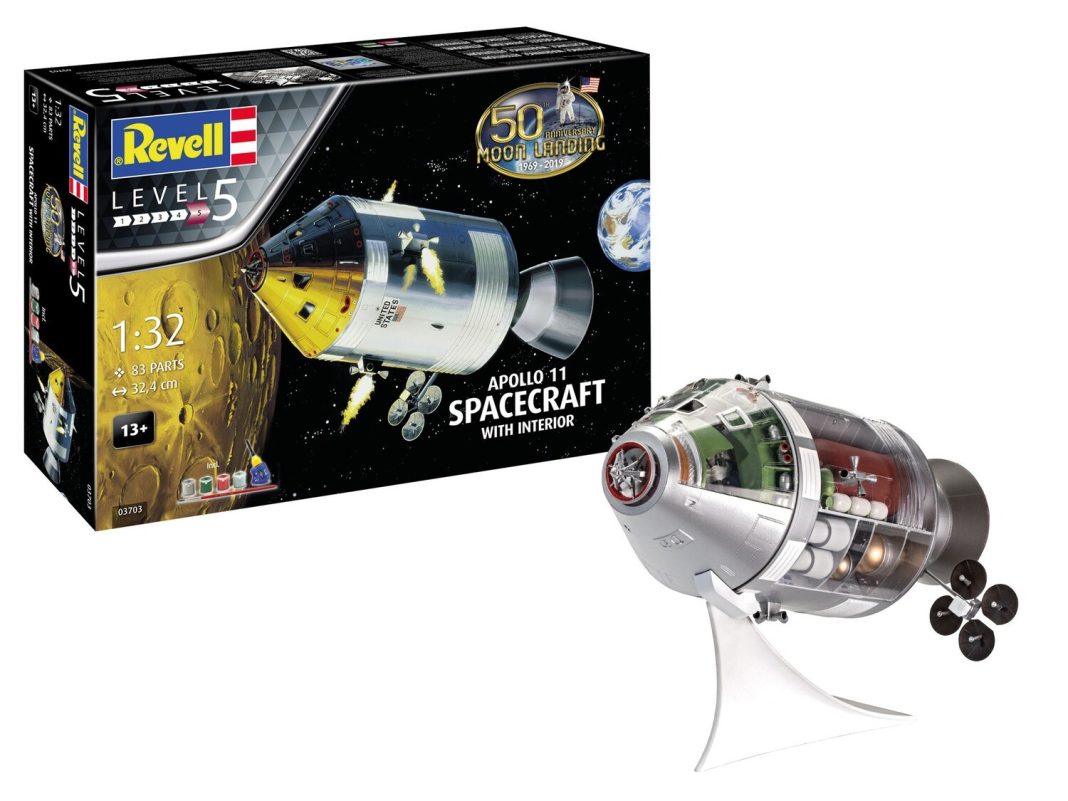
SpaceX’s Polaris Dawn Crew Successfully Completes Historic Mission
The crew of SpaceX’s Polaris Dawn spacecraft has successfully completed a historic mission, landing safely back on Earth after a five-day journey. This mission marked a significant milestone in space exploration, as the crew reached the furthest orbit since Apollo 17’s moon flight in 1972.
On Sunday morning, the Crew Dragon capsule touched down in the Gulf of Mexico off Dry Tortugas, Florida, precisely as planned. The successful landing was made possible by the flawless deployment of all four main parachutes, ensuring a smooth return to Earth for the crew.
What makes this mission truly remarkable is not just the distance traveled but also the groundbreaking achievements of the crew members. Billionaire Jared Isaacman, accompanied by SpaceX engineer Sarah Gillis, made history by completing the first commercial spacewalk on September 12th. During the spacewalk, they conducted various maneuverability tests for SpaceX’s new spacesuits, while tethered to the Dragon capsule. Bill Nelson, NASA Administrator, hailed this moment as a significant leap forward for the commercial space industry.
Isaacman, the CEO of financial company Shift4 Payments, funded the mission and was joined by Gillis, medic Anna Menon of SpaceX, and Isaacman’s close friend and pilot, Scott Poteet, formerly an Air Force pilot. Together, they accomplished much more than just a spacewalk.
Throughout their five days in orbit, the Polaris Dawn crew conducted several research experiments. They used ultrasound to monitor venous gas emboli, tiny gas bubbles that can form in blood vessels while in space. Additionally, they studied the risk of kidney stone formation in microgravity and validated CPR procedures aboard the Dragon. This research is crucial for understanding the effects of space travel on the human body and will contribute to future missions.
Furthermore, the crew continued to test Starlink’s laser technology for internet connectivity in orbit. They successfully held a 40+ minute uninterrupted video call with the SpaceX team on Earth, demonstrating the potential of reliable communication systems in space.
The Dragon spacecraft, launched using a Falcon 9 rocket from the Kennedy Space Center on September 10th, had to undergo a fiery reentry into Earth’s atmosphere, known as a “deorbit burn.” The spectacular sight of the Dragon resembling a comet during reentry was visible from Earth, captivating observers and underscoring the significance of the mission.
Since 2021, Crew Dragon has become the primary vehicle for transporting astronauts to and from the International Space Station. It is the only U.S. spacecraft capable of reliably sending humans into orbit and returning them safely to Earth. This achievement is a result of NASA’s investment in commercial space vehicles, aimed at establishing a fleet of privately built American spacecraft.
The Polaris Dawn mission faced several delays due to unfavorable weather conditions, which added to the crew’s anticipation and preparation. Over the course of two and a half years, the team underwent intensive training, including SpaceX mission simulations and hands-on learning in challenging and uncomfortable environments. This level of dedication and expertise contributed to the success of the mission.
In conclusion, the SpaceX Polaris Dawn crew has not only completed a historic mission, but they have also made significant contributions to space exploration and research. Their achievements, including the farthest orbit since Apollo 17, the first commercial spacewalk, and the successful completion of various experiments and tests, mark a giant leap forward for the commercial space industry. As the boundaries of space travel continue to be pushed, SpaceX and its crew are at the forefront of scientific advancement and innovation.


